When it comes to getting tax ready, you need to make sure you have all your paperwork in order. Here’s a handy rundown of some of the things you’ll be filing for Her Majesty’s Revenue & Customs (HMRC) in the coming weeks and months.
Confirmation statement – within 12 months
To keep your business information with HMRC up to date, you’ll need to file a confirmation statement every year. The ‘statement’ is an online form on HMRC’s website that asks you to confirm things like the officers of the company (Persons of Significant Control, Director(s) and/or Secretary), company address, details of any shareholders, and so on.
You’ll need to fill in the statement within 12 months of setting up your company. Once submitted, that submission date becomes your 12-month deadline to fill in the next one – so if you submitted it on 27 March 2021, the next one is due before 27 March 2022. If any of your key information changes (such as company address) you can fill in a new statement early.
There is a fee payable to HMRC for filing the statement. That’s currently £13 for online submission, or £40 if you want to submit it by post (November 2021).
The confirmation statement is a legal requirement, so it’s important you don’t miss the deadline, or you may be prosecuted.
Year-end accounts filing – 12 months (and a bit) after setup
Every year, you or your accountant will need to submit your detailed accounts information for that year’s trading to HMRC. These ‘Statutory Accounts’ tell HMRC what your business earned and from whom, what you paid out and why, plus anything owed to you or by you. This allows HMRC to calculate what you need to pay tax on and give you a grand total.
Your financial year is initially set by Companies House and is usually the last day of the month you set up – or ‘incorporated’ – your business with them. So, if your business was incorporated on 7 November, your end-of-year date (also known as the ‘accounting reference date’ or ‘ARD’) would be the 30th November the following year, and every 30th November after that.
Should you need or want to, you can move the ARD to better suit how your business works, such as pushing the paperwork pressures away from where you’re traditionally busy or aligning submission dates with a partner company.
Corporation Tax – three months to register, file later
Corporation Tax – sometimes referred to as ‘income tax’ – is another requirement to add to your calendar. Corporation Tax rate currently stands at 19% of profits for most companies, and as a business owner, it is your responsibility to calculate how much you owe HMRC.
You’ll need to register for Corporation Tax when you set up your business. This often happens at the same time you register at Companies House, if not, you need to register within three months of starting trading.
How much you owe for Corporation Tax will form part of your annual Tax Return after a year of trading – your ‘ARD’ mentioned above. You’ll have a further 9 months and 1 day after your ARD to pay the Corporation Tax you owe.
VAT Returns – every three months (usually)
If your business is making more than £90,000 in taxable turnover a year, firstly, that’s excellent, secondly, you’ll need to register for VAT.
After you’ve registered, you’ll receive a Certificate of Registration which will tell you when your first and subsequent VAT Returns are due. This is usually quarterly, but you can opt for monthly or annual returns.
To find out more about registering for VAT, check out our other blog here.
Payroll – usually monthly
Whether you’re the only employee in your business, or you have a small army of eager staff driving your business, people are going to want to get paid. Payroll is usually run monthly, with the exact date stipulated in the contract of employment.
You should send the pay data to HMRC before you or your staff get paid. The taxes for that payroll run (such as PAYE income tax and National Insurance) are due by HMRC between the 6th and 22nd of the following month.
Getting more information
You’ll be bossing this paperwork in no time, but if you need a little more guidance getting started, there’s a lot of official help online from HMRC themselves. If you’d prefer some more personal guidance, talk to a local accountant – even a one-off meeting can really help.






